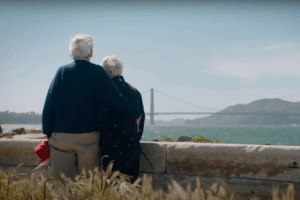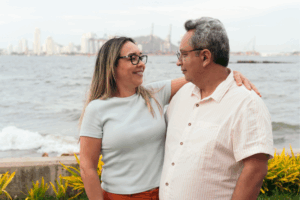For most of human history, the costs of an aging society were, at best, largely theoretical. It was only the privileged—and the lucky—who avoided disease, accident, famine, or just the tolls of life before modern conveniences. The idea of a large population of older adults was barely considered. That’s why, when it became a reality after the Industrial Revolution and the rise of modern medicine, it took until the New Deal and the enactment of social security in the 30s to make a concerted effort to alleviate poverty and need in old age.
Now, we’re looking at another revolution in aging. Over the last generation, since 1990, global life expectancy has increased by nearly seven years for males and 10 for women. Despite some dips in the US, we’re still on an upward curve—newborns today are expected to live to 79, with another three months being added on each year. It’s enough to make magazines as venerated as The Atlantic ask, “What Happens When We All Live to 100?” It’s an important, a crucial, question because it’s estimated this will happen by the end of the century.
What the Atlantic asks, the equally venerated Economist set out to answer in a wide-ranging and informative panel discussion co-sponsored by Institute on Aging. Held last December, the magazine gathered a group of scholars and experts to talk about the social effects and economics of human longevity far exceeding our social system’s expectations or capacity. It’s a time in history that’s part scary, part exhilarating—and full of promise.
IOA is proud to have been part of a discussion to help lay the framework for ensuring older adults continue to age in health, independence, and with freedom from crippling economic worry.
The Business of an Aging Population
Held in San Francisco at the InterContinental, the event was titled, “The Business of Longevity: Innovation for an Aging World.” And while that might sound cynical, it isn’t: longevity, both the perpetuation of it and the need to make it comfortable, productive, and indeed worthwhile, is a business, and one with a lot of opportunities.
Indeed, the lived experience of longevity goes hand-in-hand with the business side of it. Longevity is going to disrupt the economy, much as it will cause many to reevaluate their life plans, such as retirement savings, personal goals, work opportunities, and more. But there is also an enormous amount of promise in that. The thought of having 10, 20, or even 30 extra productive years is incredibly exciting. But it will require a new way of looking at the economy.
Questions at the Heart of Increased Longevity
The economy of aging was at the heart of the forum. Speakers included Human Longevity, Inc CEO Dr. J. Craig Venter (known for genome sequencing); Laura Deming, partner at the Longevity Fund; Esther Dyson, founder of Way to Wellville; Nir Barzali, Director at the Institute for Aging Research; Lisa Suennen, the managing director for GE Ventures; and David Sabow, the head of Life Sciences and Healthcare Banking at Silicon Valley Bank.
With such a diverse range of speakers, it was little surprise that we enjoyed such a wide array of topics related to the business of aging, including:
- Investing in longevity
- Disruptive technology
- Policy and regulatory issues
- Aging innovators around the world
But maybe the overarching question was this—can we afford to live longer?
Learning to Live—and Love—Longer
Longevity, as we discussed, isn’t just about being alive; it’s about living. IOA’s mission is to make life meaningful at all ages. We want to encourage older adults to live independently, to pursue their interests and hobbies, to volunteer, and to keep exploring. But, of course, all that comes with basic costs: food, shelter, healthcare. So how do we afford this, as individuals and as a society?
The answer will need to be new technologies focused on this still under-served market—new innovations and disruptive ideas from forward-thinking investors. It will take governments and regulators understanding that adding decades to life isn’t just a matter of moving numbers, but of reconfiguring work and benefits. It’s about reordering our cities and rural areas to accommodate more people who may have more needs.
But mostly, it comes down to imagination. As a society, we have to reimagine what aging means. Health technology will race forward, standards of living will increase, and people will continue to live longer, healthier lives. That won’t change. What matters is what we do with that time. We have to decide to make a real investment—both economic and moral—in making sure that longevity means happier, more productive days, weeks, and years.
The conversation didn’t end at the InterContinental—really, it’s just beginning. And IOA will continue to be one of the voices leading the discussion. Our mission is to make all life a positive experience, whether at 70, 80, or reaching for 100. We’re entering a new time of revolution focused on aging, but our mission will never change.
At Institute on Aging, we know that you are still you, always you. We encourage older adults and their loved ones to celebrate aging as a time of exploration and independence—not of shutting down. Connect with us today to learn more about our programs.







